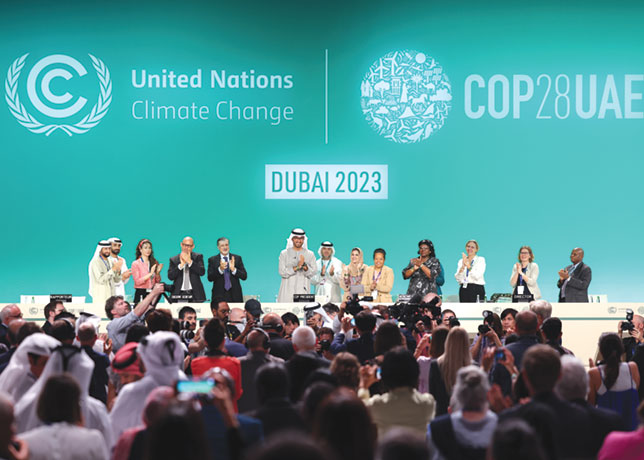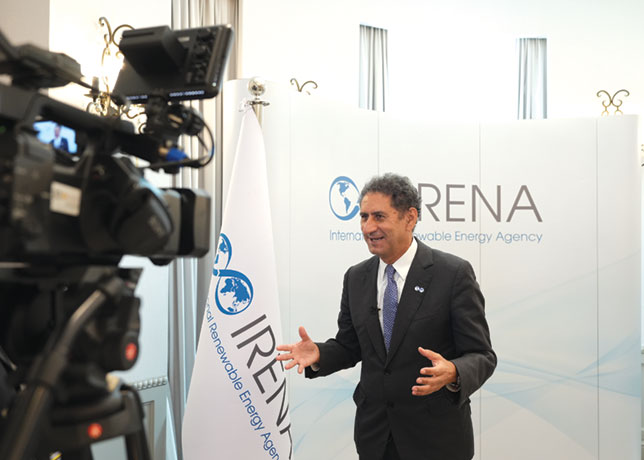
 Dr Sultan Al Jaber, Adnoc CEO during the closing of COP28 in Dubai
Dr Sultan Al Jaber, Adnoc CEO during the closing of COP28 in Dubai
The GCC’s national oil companies (NOCs) are in a strong position to weather any impact from the risks of energy transition as compared to their global peers, thanks to their strong financial standing and low levels of debt, says a new report by S&P Global Ratings.
This allows them to pay for most of their low-carbon investments projects without needing to borrow money from others.
The report says despite the NOCs needing to increase spending by $15-25 billion annually to move toward net-zero, they will still be able to maintain solid credit metrics.
But as they transition towards cleaner energy sources, they might need extra money from external sources for investment.
However, that shouldn’t pose any issues since the GCC’s financial markets have a lot of money available and should be able to support the NOCs if needed.
The report cautions the companies to carefully manage their money to meet both immediate financial needs and investment requirements.
The advice is important because these companies make large payments to governments in the form of royalties, taxes, and dividends, and could end up using their cash reserves.
Also, this is especially important to consider given their planned investments in environment-friendly projects.
The report notes that while the region’s NOCs are committed to reducing emissions from Scopes 1 and 2, they are yet to address Scope 3 emissions.
These emissions, which include those from the consumption of their products, constitute a significant portion of their carbon footprint and expose them to regulatory and market pressures.
According to S&P Global, Scope 3 emissions constituted about 85-90 per cent of the sector's total emissions globally in 2021.
Some GCC NOCs accelerated their sustainability targets after the 28th UN Climate Change Conference (COP28), which took place in Dubai late last year.
On the whole, countries in the Middle East and North Africa (Mena) region would need to spend $27 billion annually from 2021-2030 – equivalent to about 0.7 per cent of the region's GDP – to address climate adaptation measures, as per the UN Adaptation Gap Report 2023.
These measures are geared towards adapting to current and future impacts of climate change such as storms and droughts, distinct from climate mitigation efforts aimed at reducing emissions.
The region presents a strong opportunity for green, social, sustainable, and sustainability-linked bonds (GSSSB), anticipated due to the expected increase in investments in renewable energy sources, which currently make up a small portion – less than 1 per cent of GCC countries' overall energy mix – of the electricity generated in the GCC.
As an example, the UAE plans to boost its renewable energy capacity to 14.2 gigawatts (GW) by 2030, while Saudi Arabia aims to achieve 100 GW by the same year.
According to Saudi Arabia's nationally determined contributions (NDCs), their renewable energy initiatives encompass various technologies such as photovoltaic and concentrated solar power systems, wind and geothermal energy, waste-to-energy, and green hydrogen.
Separately, NOCs like Aramco, QatarEnergy, and Adnoc have initiated investments in hydrogen-based technologies such as blue ammonia and blue hydrogen production.
These are anticipated to be pivotal in the transition to cleaner energy due to their capacity to decrease emissions across power generation, heavy transportation, heating, and industrial operations.
By Abdulaziz Khattak



















































































